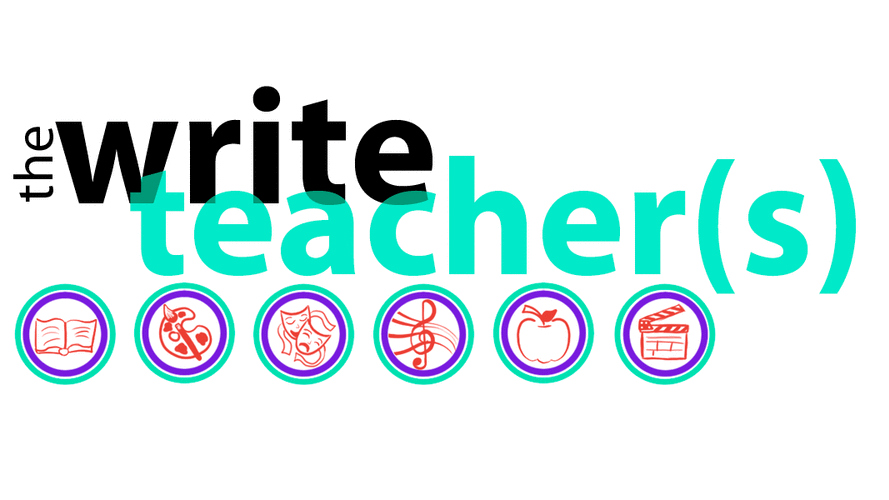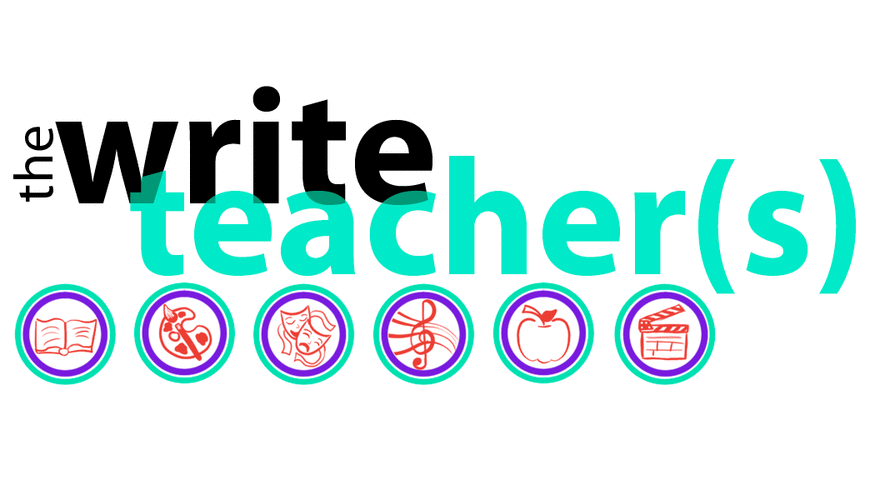Hi Friends,
Before the age of about sixteen I didn’t read. Wasn’t fun. Didn’t speak to me. Books were a wonderful thing in theory, and bouts of unfounded nostalgia would often send me running to used bookshops to smell the smells and buy copies of House of Mirth, or Lolita, because that was the hip, intellectual-chic thing to do. Not because I planned on opening them. Today I read each morning, for pleasure or for school, where I’m majoring in literature and creative writing. Shucks, I would marry books if I could.
I know what you’re thinking, “Holy Hades, a gal who likes to read! She’s the last of her breed remaining!” No. You and I both know that even in this 140 character universe, enjoying reading still isn’t something to be smug about—it’s just, like, y’know, a thing. I’m not so much interested in the fact that I like to read, but rather when and how I took the Nestea plunge into reading and books and typeface.
Truthfully, I can pin point the moment to a single teacher I had in high school. She taught me English and a class on literary theory, when I was age sixteen, she taught me how to read.
I suppose the biggest thing I’ve found holds people back from finding the “pleasure” in reading is something a little unexpected. The suspension of disbelief is an idea most people are familiar with, and will to take part in when doing things like going to the theatre, or preparing to watch the 2016 American national election. However, suspending one’s disbelief for reading is not inherently what most people think to do. My teacher in high school challenged her students to look at each book we read a thousand different ways. “Look at Heart of Darkness as a feminist text!” “Show me the Marxism in Gatsby!” Most students would initially groan as we thumbed through used paperbacks, spending fifteen minutes trying to decipher why an author had decided to point out the pink and peach colours of the sky during a sunset, or why six places had been set at the table when mother dearest was killed. Trying to get teenagers to understand metaphor and simile in writing can often be about as easy a shoving a javelin through one’s ear and clear out the other side.
However, my teacher took the care and time to make tasks like these, things like reading a text through different critical lenses, accessible to all. She took our ideas seriously, no matter how left field, and gave them respect and thought. She taught a class of students to accept the “what-ifs” in writing. Sure, she would explain, maybe you didn’t read this passage to mean x, but what if that were the author’s intentions? What if we decided to look at this device in this way? Soon enough many among us found it easier to give way to a multitude of truths and reasons in everything we read; we gave up our heady teenage egos, our pubescent Knowledge Absolute, and soon found that by simply accepting the what-ifs the world suddenly had more meaning. The words we read had more words and life stuffed inside them than we could glean to know.
Essentially what Ms. Richardson did was force us to suspend our disbelief. Just go with it. Read openly and fiercely. Reading books without doubt, accepting my own ideas and interpretations about characters and images, made me feel stronger and smarter. It was like I was finally having a conversation with the pages in front of me. That teacher, and a dear friend to this day, never told us we were wrong, never said we had to see things a certain way, all she did was teach us how to ask: what if?
Live, Love, Learn,
Nessie & The Write Teacher(s)


